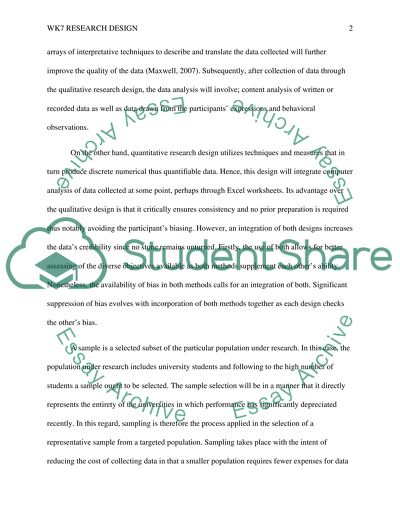Cite this document
(Drastic Depreciation in Performance of University Students Research Proposal, n.d.)
Drastic Depreciation in Performance of University Students Research Proposal. Retrieved from https://studentshare.org/education/1619834-wk7-research-design
Drastic Depreciation in Performance of University Students Research Proposal. Retrieved from https://studentshare.org/education/1619834-wk7-research-design
(Drastic Depreciation in Performance of University Students Research Proposal)
Drastic Depreciation in Performance of University Students Research Proposal. https://studentshare.org/education/1619834-wk7-research-design.
Drastic Depreciation in Performance of University Students Research Proposal. https://studentshare.org/education/1619834-wk7-research-design.
“Drastic Depreciation in Performance of University Students Research Proposal”, n.d. https://studentshare.org/education/1619834-wk7-research-design.


